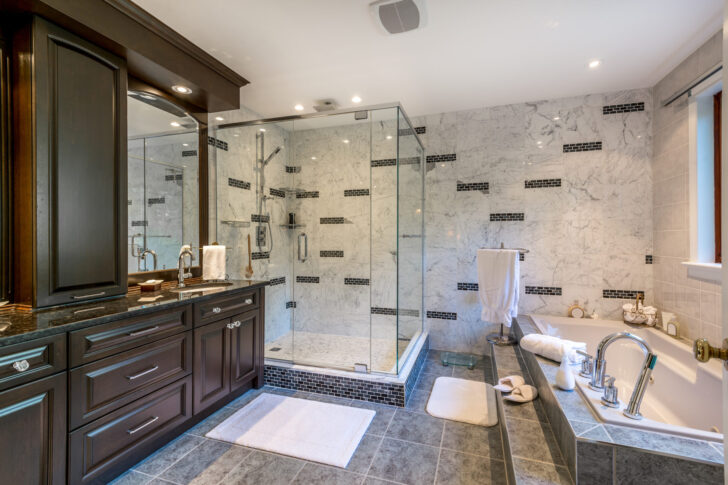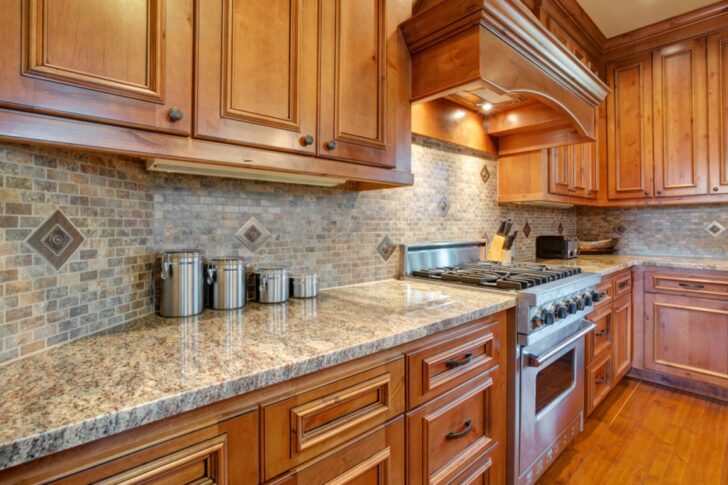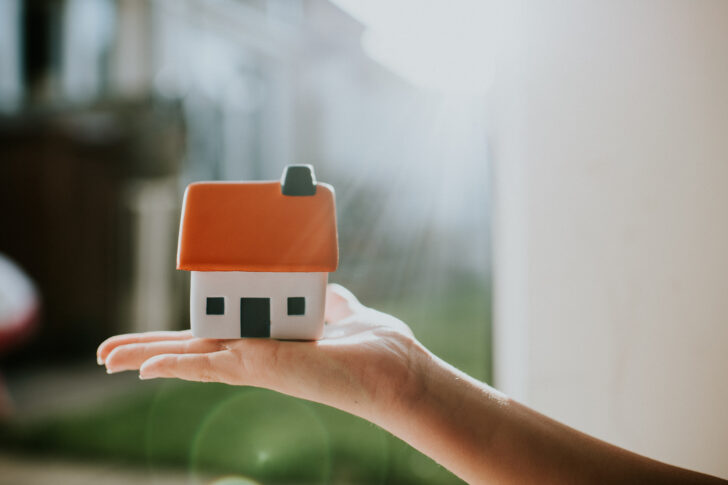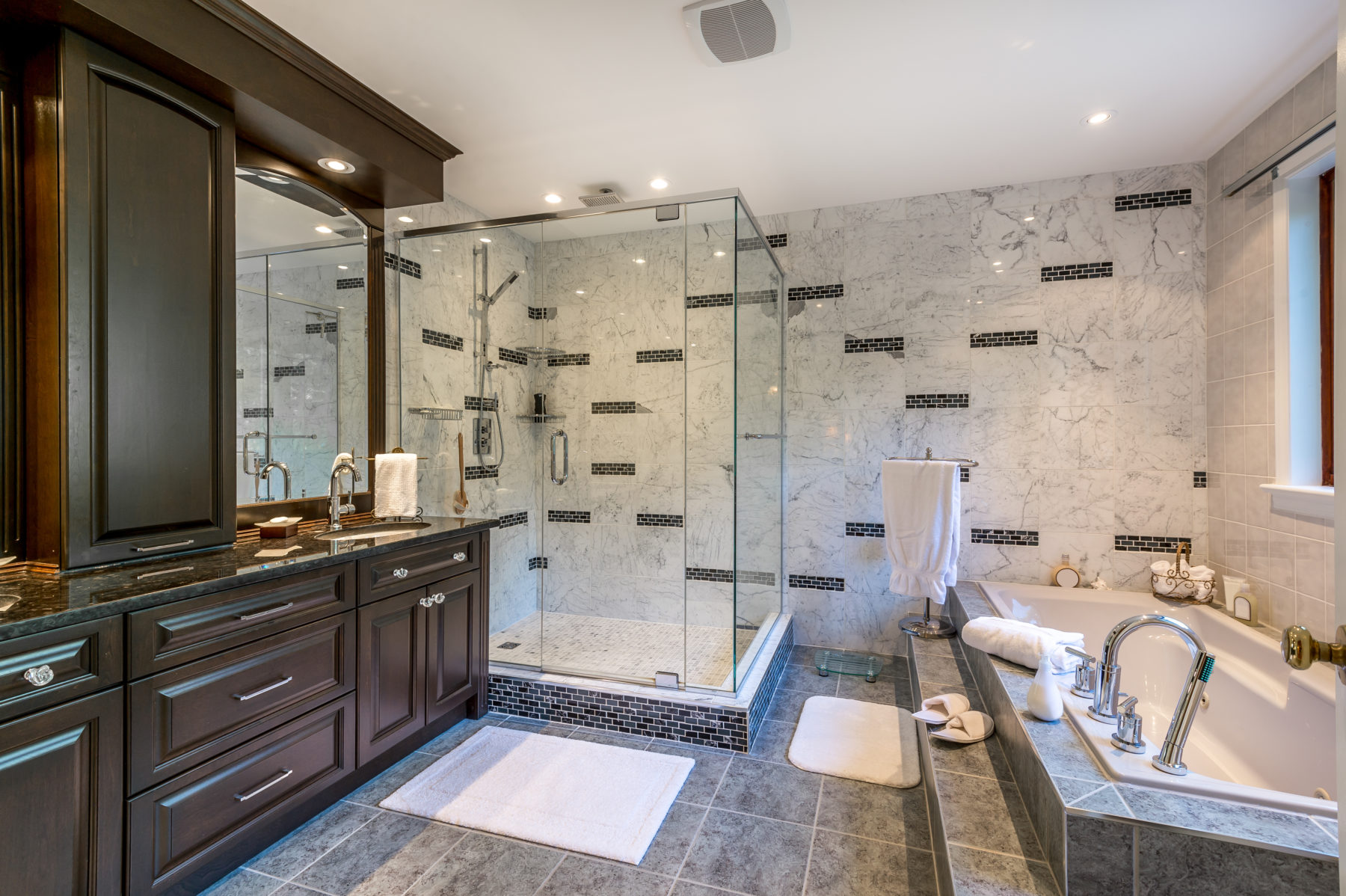In the relentless pursuit of optimal health and well-being, sleep has emerged as a cornerstone. Recognizing the profound impact of quality rest on our physical and mental performance, the bedding industry has witnessed a surge in innovation. Leading this technological frontier is the rise of the “smart bed” in the USA, a sophisticated sleep solution that transcends the traditional mattress by integrating advanced technology to personalize comfort, monitor sleep patterns, and ultimately, enhance the sleep experience.
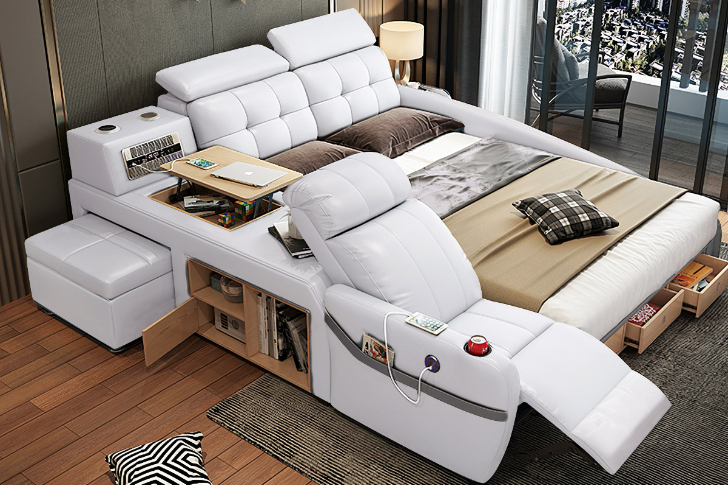
A smart bed is more than just a comfortable surface; it’s an intelligent ecosystem designed to optimize your rest. By incorporating sensors, actuators, and connectivity, these beds offer a range of features aimed at addressing individual sleep needs and providing valuable insights into sleep health. From adjustable firmness and temperature control to sleep tracking and automated adjustments, smart beds are revolutionizing how Americans approach sleep.
Unpacking the Technological Marvel: Key Features of Smart Beds
The allure of smart beds lies in their ability to personalize and optimize the sleep environment. While specific features vary between models and manufacturers, several key technologies are commonly integrated:
- Adjustable Firmness: This is perhaps the most recognizable feature, allowing users to customize the firmness level of the mattress, often independently on each side, to achieve their ideal support and comfort. This adjustability is typically achieved through air chambers within the mattress that can be inflated or deflated electronically.
- Sleep Tracking: Integrated sensors within the mattress or base monitor various sleep metrics, including heart rate, breathing rate, body movement, sleep stages (light, deep, REM), and time spent in bed. This data is often relayed to a companion app, providing users with insights into their sleep patterns and overall sleep quality.
- Automated Adjustments: Some advanced smart beds can automatically adjust firmness and support levels throughout the night based on the sleeper’s movements and pressure points, ensuring optimal comfort and spinal alignment.
- Temperature Control: Certain smart beds incorporate cooling or warming technologies to regulate the sleeping surface temperature. This can involve active cooling/heating systems using air or water circulation, or passive cooling materials integrated into the mattress layers. Dual-zone temperature control is often available for couples with different temperature preferences.
- Position Adjustability: Smart adjustable bases allow users to elevate the head and foot of the bed, often with preset positions like zero-gravity (for pressure relief) and anti-snore (to improve breathing). Some models offer more granular positional adjustments.
- Snore Detection and Response: Some smart beds can detect snoring and automatically adjust the bed’s position (e.g., slightly elevating the head) to help alleviate the issue.
- Smart Home Integration: Certain smart beds can connect with other smart home devices and platforms, allowing for voice control and integration into bedtime routines.
- Personalized Insights and Recommendations: The data collected by smart beds is often analyzed by sophisticated algorithms to provide users with personalized insights into their sleep patterns and offer recommendations for improving sleep quality.
- Silent Alarms: Instead of jarring sound alarms, some smart beds offer silent wake-up features like gentle vibrations or gradual changes in the bed’s position.
The Economic Landscape: Cost Considerations for Smart Beds in the USA
The advanced technology and features integrated into smart beds naturally place them at a higher price point compared to traditional mattresses. The cost can vary significantly based on several factors:
- Brand Reputation and Technology: Established brands with cutting-edge technology and extensive research and development often command higher prices.
- Features and Complexity: Beds with a wider array of features, such as dual-zone adjustability, advanced sleep tracking, sophisticated temperature control, and smart home integration, will generally be more expensive.
- Materials and Construction: The quality of the materials used in the mattress layers, support system, and base will influence the price. Premium materials like high-density memory foam, natural latex, and durable adjustable base components contribute to higher costs.
- Size: As with traditional mattresses, larger sizes (King, California King) will typically be more expensive than smaller sizes (Twin, Queen).
- Warranty and Trial Period: Generous warranty periods and risk-free trial periods can sometimes be reflected in the price.
- Retailer and Sales: Prices can vary between retailers, and promotional sales events can offer opportunities for discounts.
Table 1: Estimated Cost Ranges for Different Categories of Smart Beds in the USA (2025)
| Category of Smart Bed | Key Features | Estimated Price Range (Queen Size, USD) |
|---|---|---|
| Basic Adjustable Bases | Head and foot elevation, basic remote control. | $500 – $1,500 |
| Entry-Level Smart Beds | Adjustable firmness (single zone), basic sleep tracking via app. | $1,000 – $3,000 |
| Mid-Range Smart Beds | Dual-zone adjustable firmness, more comprehensive sleep tracking, preset positions. | $2,500 – $5,000 |
| Advanced Smart Beds | Automated adjustments, temperature control (single or dual zone), snore detection, smart home integration. | $4,500 – $8,000+ |
| Luxury/High-End Smart Beds | Premium materials, extensive customization options, advanced technology integration, potential for professional setup. | $7,000 – $15,000+ |
Export to Sheets
Note: These are estimated price ranges and can vary significantly based on the specific brand, model, features, and retailer.
Table 2: Examples of Smart Bed Features and Their Potential Additional Cost (Above a Basic Mattress/Adjustable Base)
| Smart Bed Feature | Potential Additional Cost (USD) | Notes |
|---|---|---|
| Dual-Zone Adjustable Firmness | $500 – $2,000+ | Compared to a single-zone or non-adjustable bed. |
| Advanced Sleep Tracking (Heart/Breath Rate) | $200 – $800+ | Integrated sensors and software. |
| Active Temperature Control (Single Zone) | $500 – $1,500+ | Cooling or warming technology within the mattress. |
| Dual-Zone Temperature Control | $1,000 – $3,000+ | Independent temperature control for each side of the bed. |
| Snore Detection and Response | $300 – $1,000+ | Sensors and automated positional adjustments. |
| Smart Home Integration | $100 – $500+ | Connectivity with other smart devices and platforms. |
| Massage Features (in Adjustable Base) | $200 – $800+ | Vibration motors and control systems. |
Export to Sheets
Note: These are estimated additional costs for specific features when integrated into a smart bed system. The actual cost will depend on the brand and model.
The Future of Sleep: Why Smart Beds are Gaining Popularity
The increasing adoption of smart beds in the USA reflects a growing awareness of the importance of sleep for overall health and a willingness to invest in technologies that can enhance well-being. Several factors are driving this trend:
Convenience and Automation: Features like automatic adjustments and silent alarms offer a level of convenience and automation that traditional beds cannot provide.
Growing Interest in Sleep Health: Scientific research continues to highlight the critical role of sleep in physical and mental health, leading consumers to seek solutions for improving their sleep quality.
Technological Advancements: Innovations in sensor technology, data analytics, and smart home integration have made sophisticated sleep monitoring and personalization features accessible in the form of smart beds.
Personalized Experiences: Consumers are increasingly seeking products and services tailored to their individual needs and preferences, and smart beds offer a high degree of personalization in terms of comfort and sleep environment.
Data-Driven Insights: The sleep tracking capabilities of smart beds provide users with valuable data about their sleep patterns, empowering them to make informed decisions about their sleep habits and potentially identify underlying sleep issues.

